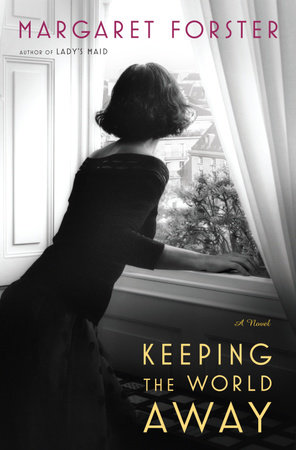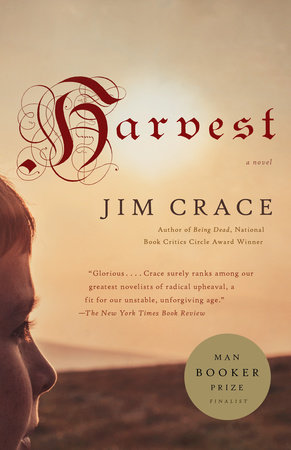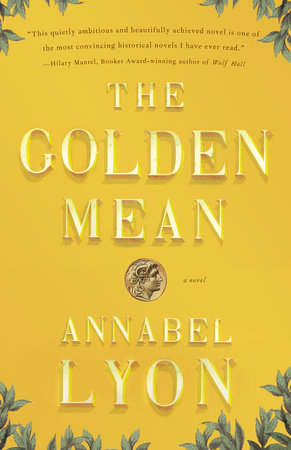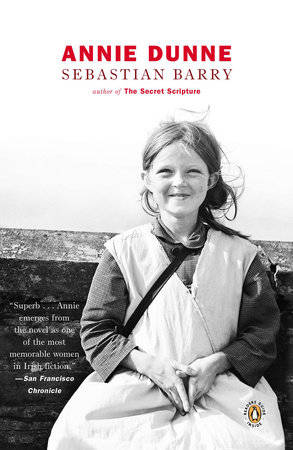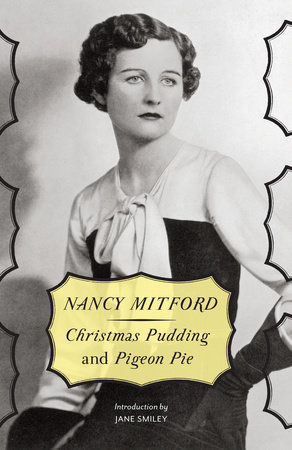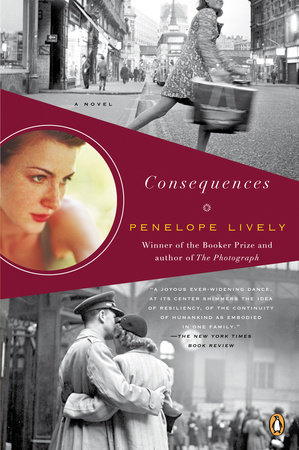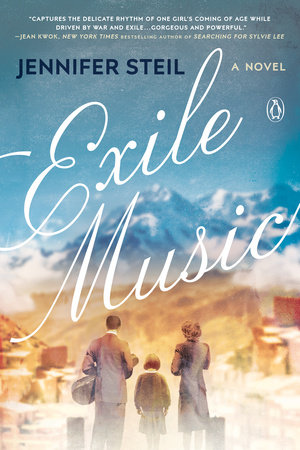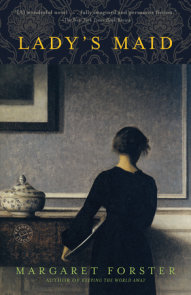Author Q&A
A Conversation with Margaret Forster
Random House Reader’s Circle: How did you come to your subject? Was it through Gwen John’s work, or did you think of the idea for the book first and the artist second? Did you know much about John before you began your research?
Margaret Forster: The idea for the book came from wandering around art exhibitions–I go to lots–and finding myself intrigued about the lives of the paintings, not just the artists who painted them. Choosing the artist and the painting took a while. I thought of Vanessa Bell, of Mary Cassatt, and of Dora Carrington. And then someone sent me a postcard of Gwen John’s A Room in Paris–and I couldn’t think why I hadn’t immediately chosen her and that painting. I knew quite a lot about her brother, but not much about her before I began.
RHRC: You’ve said that during the two years you were working on this novel, you kept a copy of a 1902 self-portrait of Gwen John on your desk. Can you tell us how it affected your writing, to see her staring back at you whenever you looked up from your work?
MF: The portrait is quite stern. Looking at it had rather the effect of a schoolteacher watching me–the message was “don’t mess about, be straight and true.” It also has a contemptuous touch to it–an “I couldn’t care less what you write but don’t you dare patronize me.” In all, a bracing effect, but quite threatening, too.
RHRC: Imposing fictional situations on real people can be tricky. How did you navigate the imagined interactions between Gwen John and Rodin and to what extent do you feel the novelist has a responsibility to fact and history?
MF: The novelist has a huge responsibility to fact and history. Facts should not be invented; what lies behind the facts can be. I worked very closely indeed with Gwen John’s letters and those of Rodin. Other books I consulted are listed in the back. I hope readers would be inspired to read the biography of Gwen John by Sue Roe.
RHRC: Still on this subject of fiction versus fact in historical novels, how did you decide where to draw the line between the real characters like Gwen, her brother, and Rodin, who occupy the early part of the novel, and the fictional–we assume–characters who appear in the later parts? Did the switch from fact to fiction occur naturally in the writing, or did you plan this transition ahead of time?
MF: I started off wanting to trace the real life of the painting but soon found that the one I’d settled on hardly had a life, so I had to switch to tracing what happened to one of the “practice” ones she painted. This freed me to invent the other characters, who evolved as I went on. I don’t make notes, or sketch out plots–the novels grow, or they don’t.
RHRC: The women in this book find personal space and solitude through a painting. Do you think literature serves a similar purpose? Can it create the same type of interior space and do you see a writer’s job as helping people to escape the world to draw them into it?
MF: Yes to the first question. Actually it is easier to find space and lose oneself in literature than in art. I don’t see the writer as having a job/duty, anything like that–it’s too self-important to imagine that. A writer shouldn’t be thinking of the reader at all. That’s so false, it’s putting the cart before the horse.
RHRC: Do you think the problems that affect women in this book–the pull between family/relationships and career/artistic ambition–are still relevant today? Do these problems still divide so clearly along gender lines?
MF: Yes, I do. In fact, in some crucial ways the problems are now harder because theoretically, women can have it all and that creates a huge burden. Once, women had to choose, and it was a cruel choice–career versus family. Now they don’t have to choose but the strain of balancing both is such a drain on energy. Yes, they do, in general, divide on gender lines.
RHRC: Describe your workspace. Where do you write? Do you write on a keyboard, typewriter, or in longhand?
MF: I wrote for twenty years at the kitchen table, when we had two floors to our house. For the last twenty-five years I’ve had a small room at the top of the house with windows on two sides overlooking gardens which were once an orchard belonging to the Earl of Dartmouth. I write in longhand–I can’t type, and haven’t a computer. My room has a pine desk, some bookshelves, and that’s it.
RHRC: American readers aren’t as familiar with your work as British readers are. Can you tell us whether you consider Keeping the World Away to be typical of the style and concerns characteristic of your other novels, or would you call it a departure from your other fiction?
MF: It is pretty representative of my concerns in other fiction–I always seem to write family and women and the challenges they face. I’ve written several biographies, and I like blending historical research with invention.
